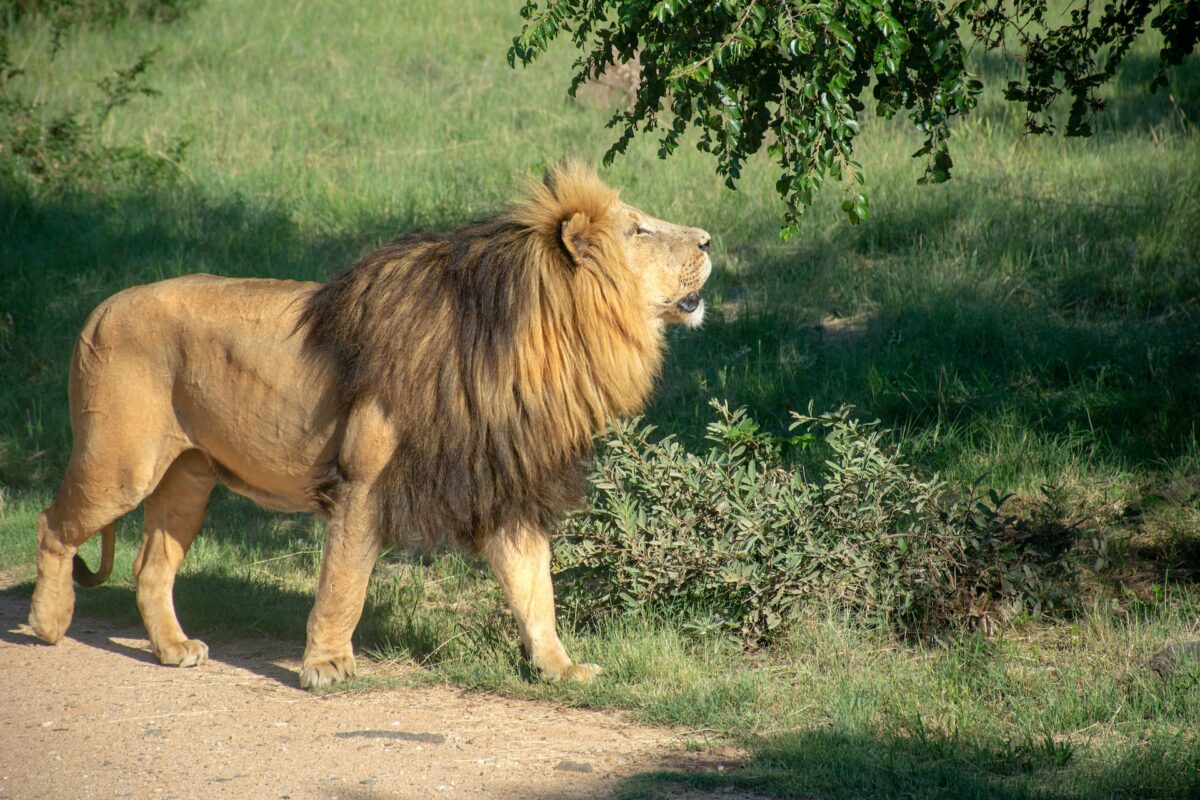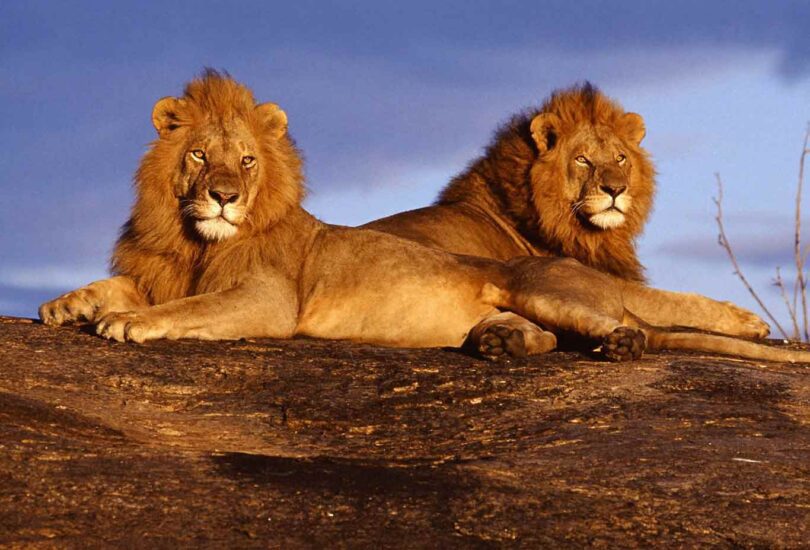The man eaters of Tsavo story in Kenya is as scary as it is captivating. It revolves around a legend that huge lions at the Tsavo National Park developed a peculiar appetite for human flesh after feasting on African labourers. Today, the ‘man-eaters’ spot in Taveta along the Nairobi – Mombasa highway is a no-go zone. Usually, it’s deserted with no single soul living here or nearby.
Only an abandoned, torn-down building where a motel once operated exists and it is a safety hazard for anyone who dares stop here. Huge African Rock pythons live inside the building, and lions prowl nearby.
Is The Man Eaters of Tsavo Story True?
How true is the man eaters of Tsavo story is it a legend paint how dangerous the lions in Tsavo are? To answer this, you need to understand what the story is all about. The legend as many people view it dates back to the 19th century during the construction of the Uganda railway. Kenya was at the time known as British East Africa under British rule which also ruled the neighbouring Uganda.

A recreation of two male lions from Tsavo National Park in Kenya which ate 35 people in 1898. These men worked as railway construction workers for the then-British East Africa. Photo/The collector
This was between 1896 and 1901. British engineer Lt. Col John Patterson oversaw the project supported by African labourers. Documented historical reports indicate that Whitehouse and his construction team suffered a major setback following an invasion by two male lions. They first struck on March 1898 as the construction approached the Tsavo River.
These lions halted the construction for the next nine months. They reportedly dragged construction workers from their tents at night and devoured them one after the other. Dozens of construction workers fled the site for safety which halted all building operations at Tsavo River.
Lt. Col Patterson took the herculean task of hunting down the two lions. He was unsuccessful for nine months but he never gave up. He later shot down the lions ending nine months of fear.
The remains of the two male lions were reconstructed and are on display in Chicago’s Field Museum of Natural History. The British engineer published a book in 1907 titled The Man-Eaters of Tsavo detailing the horrific details his railway construction project encountered. His narration is proof that the man eaters of Tsavo story is true.
How Many Men did the Tsavo Lions Eat?
Documented historical accounts by Col Patterson suggest that up to 35 men were attacked and killed by man-eating lions in Tsavo in 1898. Other accounts put the number at 130. Dr Bruce Pattterson, a zoologist at the Chicago Field Museum ascertained that chemical tests conducted on the remains of the lions during reconstruction showed traces of human flesh on the lions’ hair samples.
Their findings from the chemical test showed that one of the lions feasted on 10 people while the other devoured 24 people. Another theory supporting man eaters of Tsavo story dates back to the slave trade era propagated by Arab merchants in Mombasa and the East African coast. Samuel Kasiki, a former Kenya Wildlife Service (KWS) Biodiversity Research and Monitoring director theorizes that Tsavo National Park lions also ate slaves.

Tsavo National Park. Lions here are feared for their penchant for human flesh. Photo/Animals Around the Globe
According to Kasiki, the two lions that attacked construction workers may have acquired a fetish for human meat after feeding on the bodies of slaves dumped by their masters. The happenings of escapades in this Kenyan swath savannah have been re-enacted in three films namely:
- The Ghost and the Darkness was released in 1996 where Val Kilmer stars as John Henry Patterson
- Men Against the Sun which premiered in 1952
Why Did the Man Eaters of Tsavo Eat People?
Theoretical findings by Dr Bruce released first released in 2004 stated that lions fed on human corpses for more several reasons. The zoologist who worked alongside Peterhans and Gnoske in his review hypothesized that lions fed on human flesh/corpses for two reasons namely:
- Rinderpest outbreak in 1890
- Corpses dumped by Arab merchants in the park’s vicinity
A rinderpest outbreak in the 1890s left a lot of prey dead which forced lions to look for alternative sources of food and human flesh came about. Arab merchants who ran slave caravans inordinately dumped corpses in Tsavo thereby giving easy prey to the kings of the jungle. Later studies about this subject concluded that man eaters of Tsavo story has been passed down to generations.








